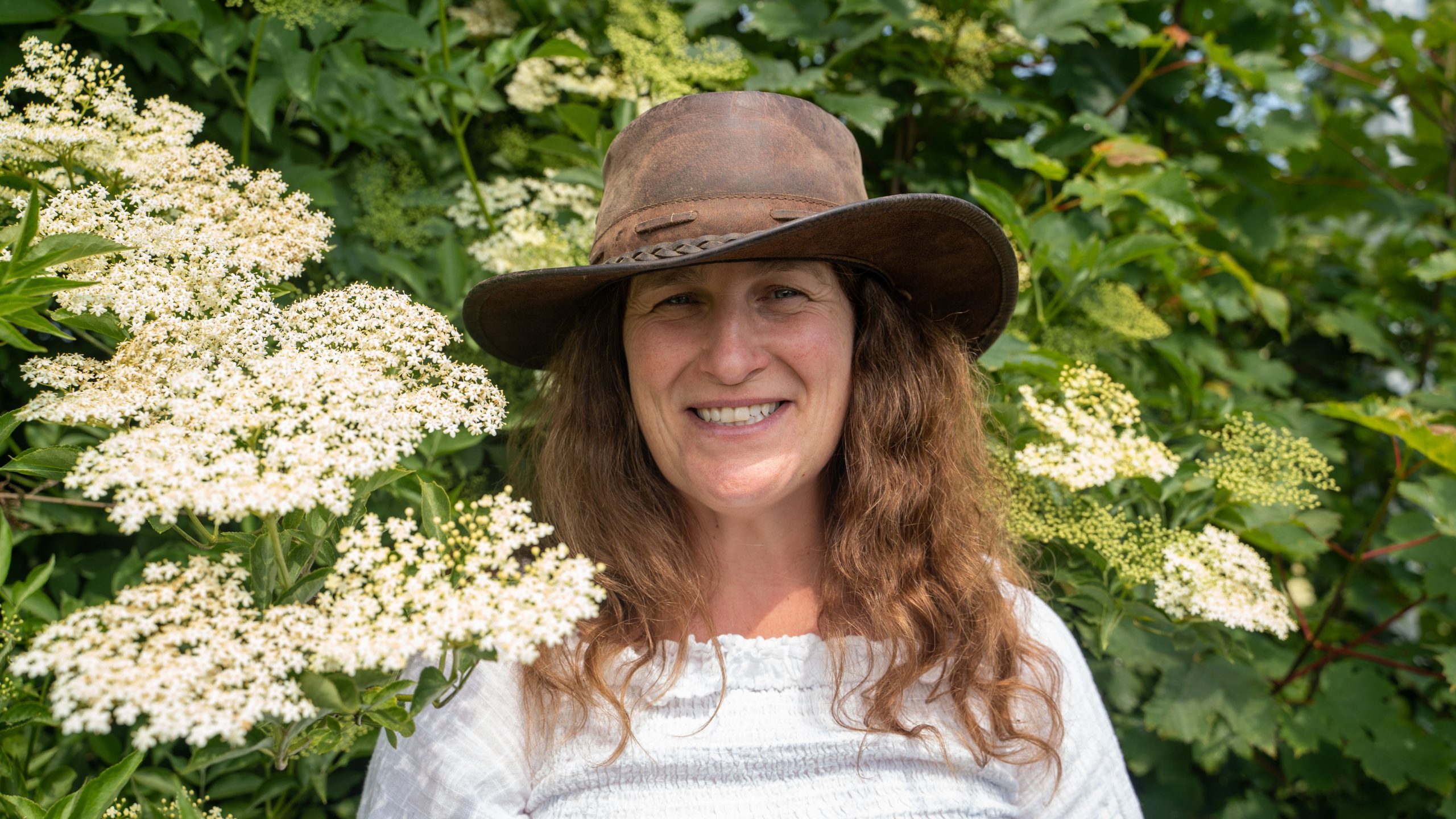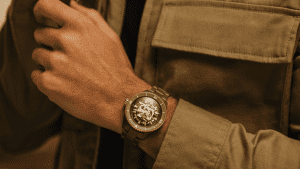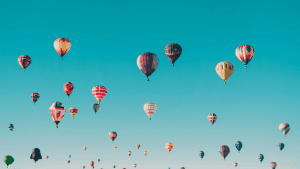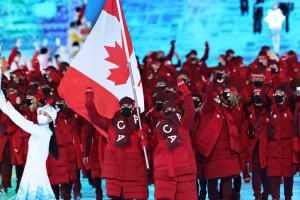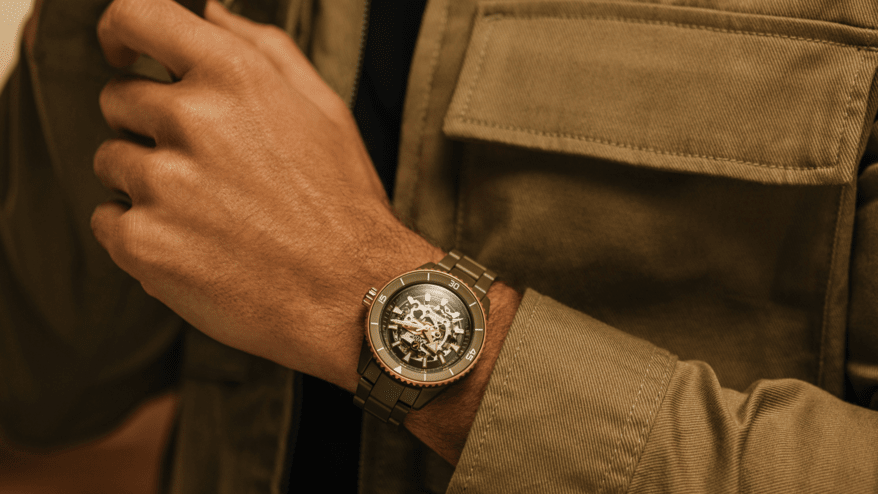Forager Geraldine Kavanagh spends her days among the lush rolling hills of eastern Ireland’s Wicklow county, otherwise known as the ‘Garden of Ireland’. Peacefully foraging the land’s freshest and most inspired seasonal ingredients, these botanicals eventually make their way into every bottle of the celebrated Glendalough Irish Gin, where Kavanagh started her career a decade ago. Today, she remains the Head Forager at Glendalough Distillery and Ireland’s only full-time distillery forager.
In our series, Can I Have Your Job?, we explore the career paths of today’s most interesting professionals. Discover how Kavanagh landed her dream job and why Glendalough Irish Gin remains one of today’s most fascinating spirits.
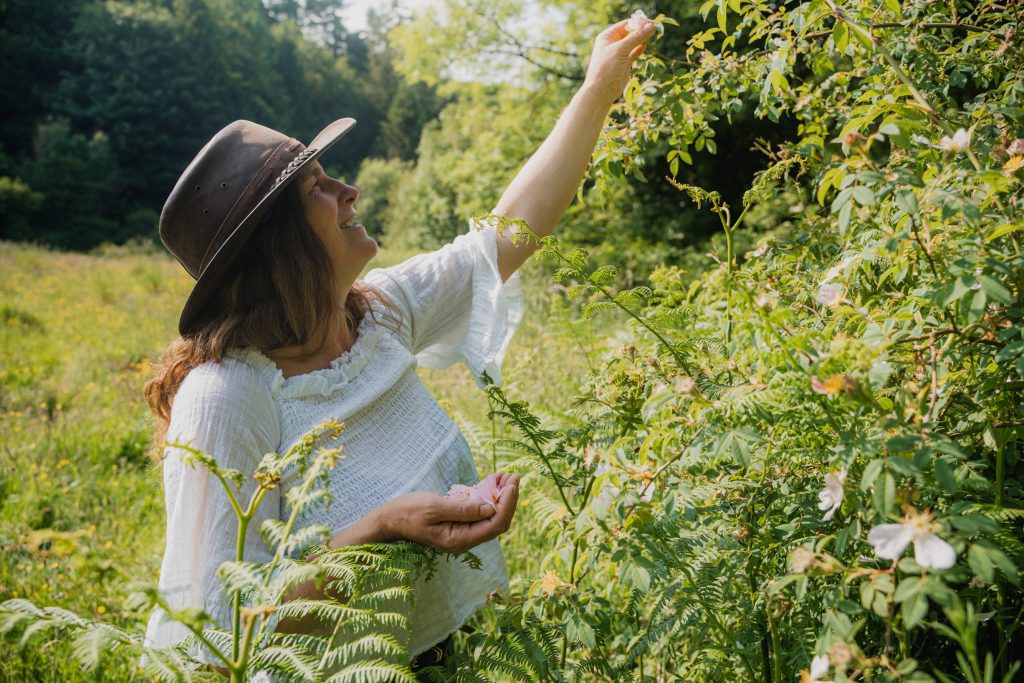

How did you get into this line of business?
Geraldine Kavanagh: I’m very connected with nature. I particularly love plants and spent my childhood outside, learning how to forage and which plants were edible. In 2011, I decided to start teaching wild food foraging because I had a lot of information and wanted to share it. I taught people how to identify plants, how to deal with poisonous species, and how to forage safely. In 2014, I was featured in The Irish Times. The guys from Glendalough Distillery had just gotten a new still and had made a few batches of gin, but they wanted to make a gin that had a sense of terroir that was from Wicklow. There wasn’t a big gin craze back then, and it wasn’t common to use botanicals so they hadn’t quite figured out how to do it.
I had no idea how gin was made, but they sent me their initial recipe with things like juniper and coriander, and said they wanted to add something more. So, we went out foraging a couple of weeks later and took the botanicals back to the distillery. We started in 2014 by treating the recipe creation as you would cooking in your own kitchen: putting in a little bit of this, a lot of that. We only made 2,000 bottles that year because we were figuring things out.
We’ve made the gin in the very same way ever since, and brought out new gins. We started with seasonal gins and every single bottle, every single batch, was different. We’ve had to change some things to scale up but I still go out foraging all year round.
How does nature’s changes from year to year impact how the gin is created?
Geraldine Kavanagh: We try to keep it consistent because our Wild Botanical Gin takes the entire growing season. The foraging season is about nine months so we stick to a very strict recipe. At the start of the year, we decide how many bottles we’d like to make, and then I basically have a shopping list for the year. I harvest everything and bring it to the distillery fresh. It might get distilled that day or it might get stored in alcohol for a day or two until we have enough to distill a batch. Then, all of the ingredients get put together at the end of the year.
But, there are slight changes year to year because of the weather. I think the 2023 Wild Botanical Gin is definitely going to be very floral because the flowers were unbelievable in June. We literally came home in the evening covered in pollen. We had no rain for I think four weeks from mid-May. That’s been really good for the flowers; so, we had four weeks of just constant flower picking.
We harvest ingredients from each of the seasons to reflect the four seasons in one bottle, and in one sip. So, there’s all of the fresh greens of the springtime, like water mint, or sorrel (which tastes like lemon) and shoots of different types of pine trees. These gives you that flavour of spring. It’s the first thing that you taste and smell when you first open the bottle. Then we move on to summer when we’re picking all of the fruit and flowers. Then, it’s autumn, when we harvest fruit and some of the base botanicals that we use. We then add things later that would give you a kind of a spicy finish to the gin for that winter flavour.
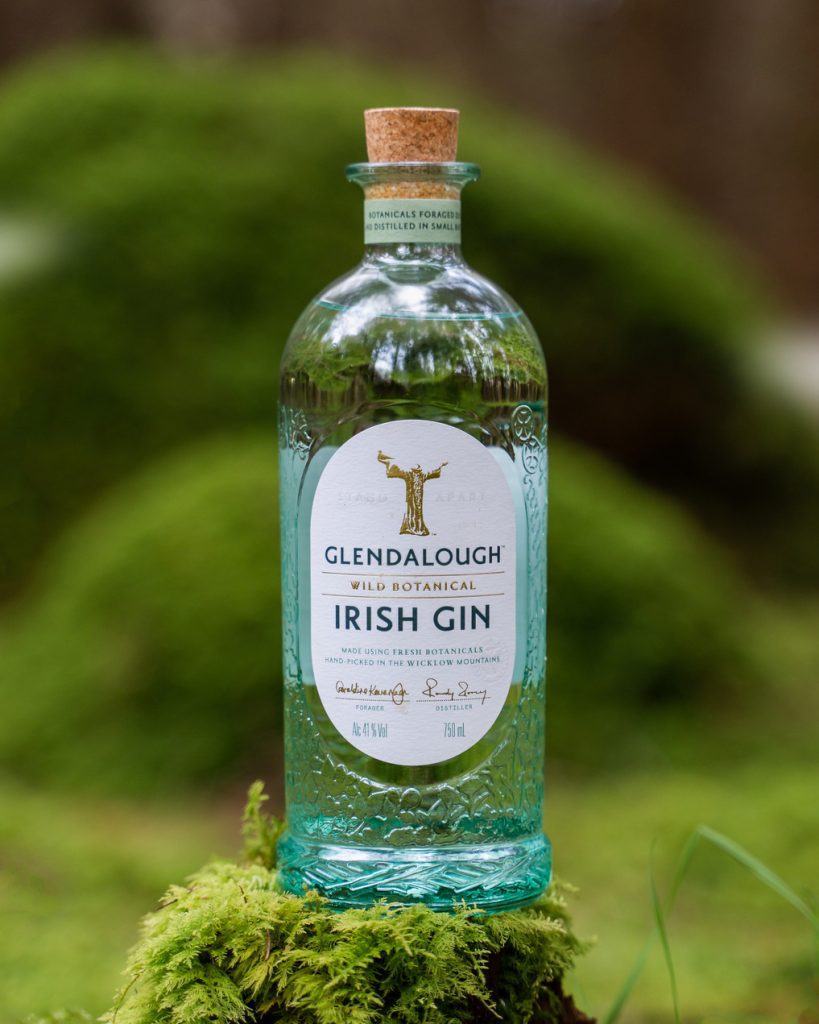

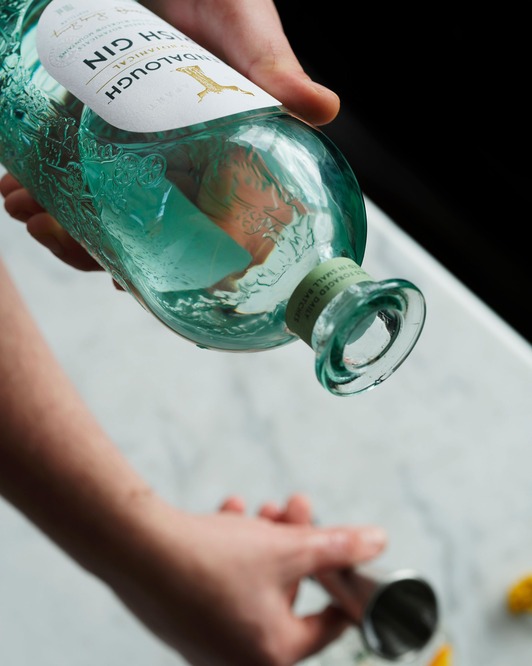

Has climate change had an impact on your job?
Geraldine Kavanagh: In Ireland, we don’t really have extreme temperatures. We’re very lucky. Occasionally, we’ll have a lot of rain here, so the small rise in temperature doesn’t have a negative impact from a growing perspective for plants. We haven’t had very cold winters, so we don’t have very harsh frosts.
Is there something that has surprised you that you weren’t expecting about your role?
Geraldine Kavanagh: Well, pretty much everything because being in this role was not expected. And then, I suppose that the gin has been so successful even though I didn’t have any experience working with gin. We just kind of fell into our roles. But we really enjoy what we do. If someone had told me in 2014 that the gin would be all over the world for sale and that it would’ve won so many awards, I would’ve been very surprised because I didn’t realize I had the skills required to make a great gin. The skills involved in the job are very particular. Rowdy and I would both have good noses and unique skills, like the ability to identify plants and the ability to think about how their flavours would work together.
These unusual skills that we both have that probably would be completely useless in most jobs suddenly became very valuable. All of the information that I had been gathering over my lifetime was useful.
What kind of skills have you cultivated within the spirits industry?
Geraldine Kavanagh: It’s very much a team effort. We have our Head Distiller, Rowdy Rooney, and our Assistant Distiller, Sam Mulligan, and we work very closely together. It’s not automated distillation because what I’m bringing in changes constantly. It’s very much the three of us working closely together and figuring things out.
There’s no such thing as making a mistake; we’ve never made a bad batch of gin. We’ve honed our skills and learned how to work with the seasons to get the best flavours. It’s never been about cutting corners or cutting costs, but making the best liquid. For instance, we don’t use the heads or the tails of the distillation. We only use the hearts; the biggest part of the distillation.
What would you say is your unique perspective on your craft?
Geraldine Kavanagh: It’s about respecting nature and seeing that, all around us, there are plants that people don’t even know about or respect. If I show someone a pineapple weed and you rub it in your hands, it smells like pineapple. They think, ‘Oh my god; I’ve never seen that before.’ Or, ‘I saw it before and I tried to kill it because it was growing in my garden.’ Then they realize, ‘Oh, I could use that.’ It’s about respecting it as well. I’m very careful about how I forage; careful not to pull up plants, not to take too much in different areas, and not to forage things that are rare.
How is the bottle design inspired by your work?
Geraldine Kavanagh: On our new bottle, you can see all of the different plants that I forage. The base of the bottle is inspired by these baskets that I use. Everything that I pick for the whole year is harvested into these willow baskets that are made here in Ireland. Willow is a very sustainable material to make things from, because you just cut the willow and it grows back. It’s about attention to detail, doing things responsibly, and capturing the place where you live in a completely different way.


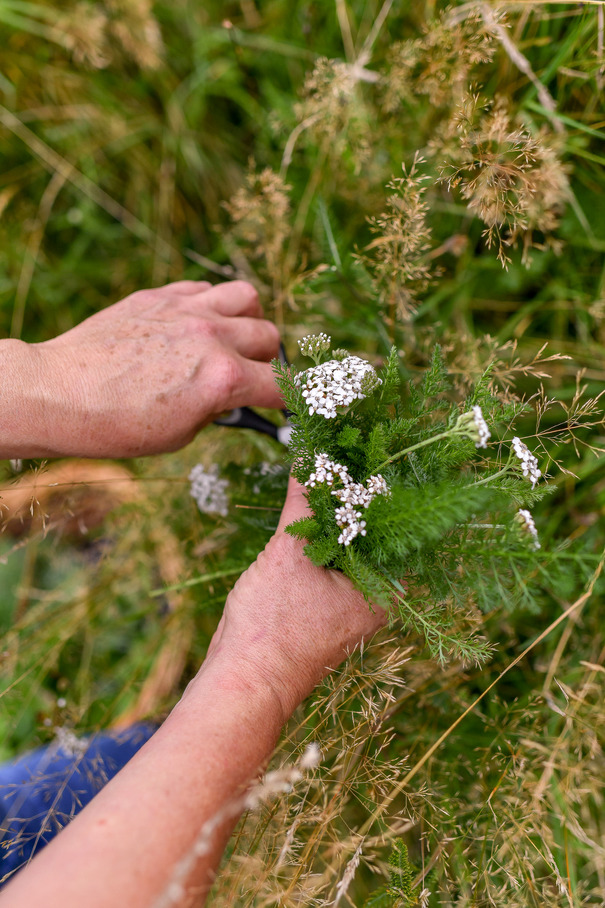

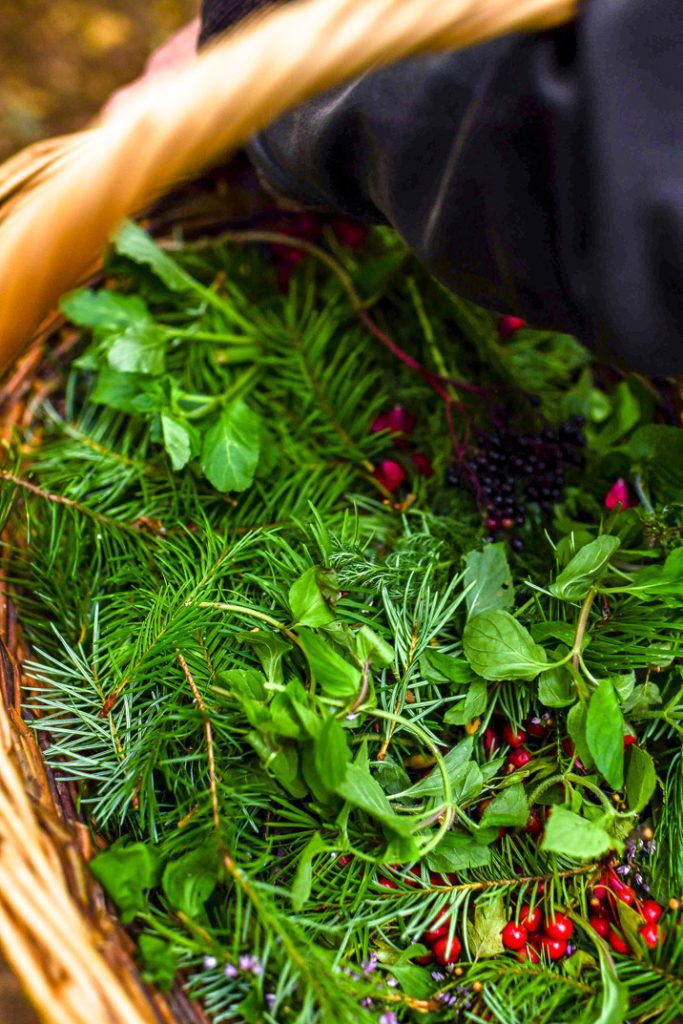

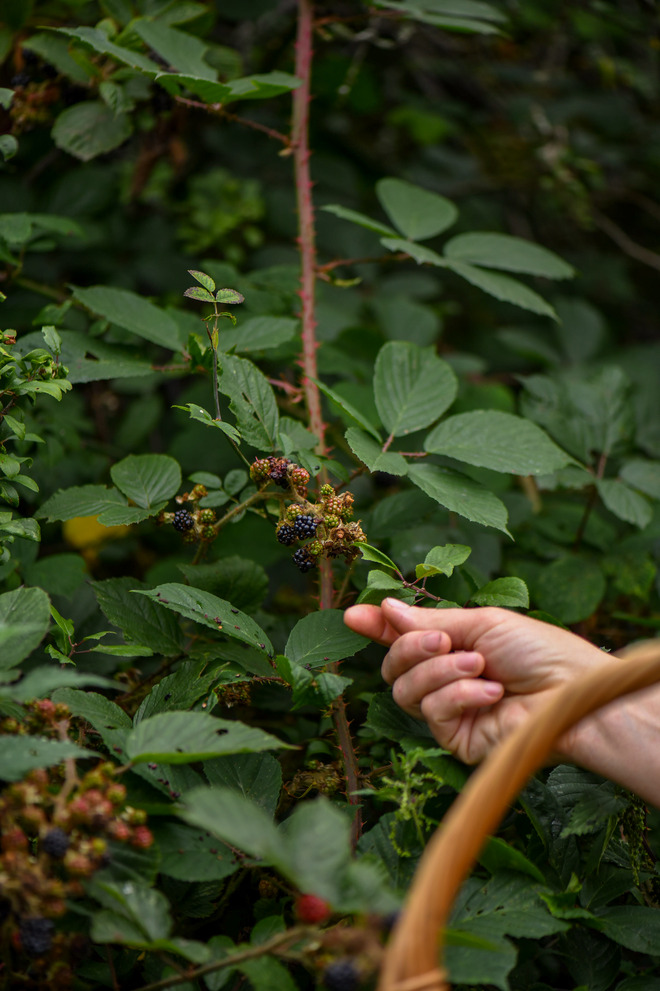

What does a typical week look like for you?
Geraldine Kavanagh: On Monday, I probably wouldn’t know what I’m going to be doing on Friday because the weather changes here a lot. I’ll have an idea, like, ‘Ok, this week, I’ve got to get honeysuckle because I know that it’s going to be gone soon.’ I have a map of the entire county in my head, and know the places by the plants that grow there. I can remember where every plant grows and know roughly when it’s going to come out as well. When I need to get honeysuckle, water mint, or elderflower, I know exactly where to go.
We work in an organic sort of way along with nature. It’s no stress because I’m not growing anything. It’s not my responsibility; things will come out, no matter what the weather is like because what we’re picking is native and quite resilient. In the morning, I’ll go off with my baskets and park my car somewhere. At the end of the day, I’ll drive to the distillery and put some stuff in the still. Or, I may put it into a big cloth bag that I’m going to diffuse overnight for two days in alcohol for distilling later. Then, I’ll record everything—how much was picked, where it was picked—before going home. It’s a lovely job.
How would you say Glendalough Irish Gin is unique compared to spirits in the same category?
Geraldine Kavanagh: I don’t know exactly how other people make their gins and spirits because it’s a secret, but one of the things that makes us unique is that we have a real forager. Some people think I’m made up [laughs] and that it’s just a story. We forage botanicals in Wicklow and bring in fresh ingredients when it would be much easier to use dried ingredients—much easier. Sometimes, we think we’re crazy in the way we make our gin because there’s so much labour and physical work involved. Because we started off using all fresh botanicals and know the flavours we are going to get, we know that we will never get that flavour with dried botanicals. Everything is fresh and brought in within a few hours. I don’t know of anyone else who makes their gin in this kind of way.
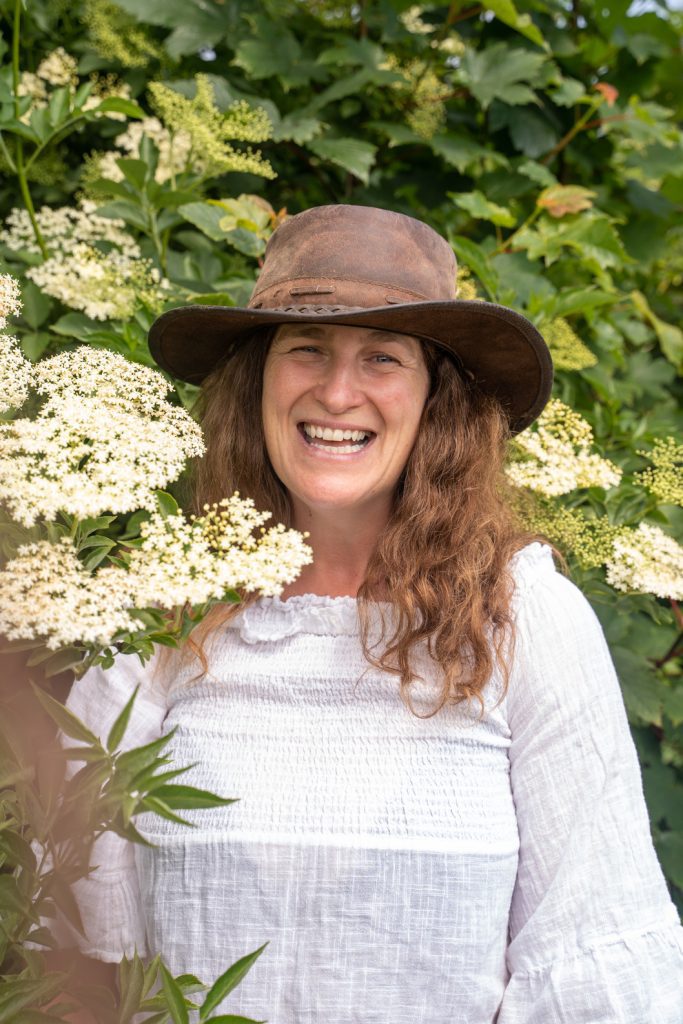

What is the story behind the man on the bottle?
Geraldine Kavanagh: That man is Saint Kevin. He was born in Dublin into a wealthy family and could have lived an easy life and been a future king. But he didn’t want that life so he went down into the wild Wicklow Mountains and ended up at Glendalough, which was sort of a pagan site at one point. It’s a very special place even today; it’s a glacial valley with two lakes, surrounded by high cliffs. The valley was cut out by melting glaciers long ago. Kevin founded a monastery there in the sixth century. People came there from all over Europe, and it was once considered Europe’s spiritual centre.
The monks who lived there grew food and would have had valuable manuscripts and gold. They would also be distilling because the monks were some of the first people to distill in Ireland. Kevin is on the bottle because his story and Glendalough is a rich source of inspiration to us all at Glendalough Distillery. He spent his life in search of something more meaningful and after years of exploring the Irish wilderness Kevin came across the majestic valley he would come to call home and dedicated his life to nature and taking the path less travelled.
On the bottle, Kevin is holding a blackbird in his hand. As the story goes, Kevin was praying at the lake and the blackbird landed on his hand. He saw it as a message and a challenge to his spirituality. The blackbird laid three eggs on his hand and he stood in the lake, arms outstretched for 13 days until the eggs hatched. We see this as an inspirational story, it’s about doing a job the right way and working with nature, however long it takes.
What would your best advice be for someone who also would love to be a head forger or master forager for a spirits company?
Geraldine Kavanagh: First of all, you’d have to learn about plants, and that’s not something that can be learned overnight. You’d have to spend a lot of time out in nature, because you can’t learn about it from a book. I learned slowly and carefully, because, in Ireland, there’s a lot of green plants and some of them wouldn’t be edible. You’d have to get a teacher and learn how to be a forager from them. Sometimes I have helpers and I take them out and work alongside them, and show them what to do and see what kind of aptitude they have for learning about plants, because not everybody has that kind of aptitude. When I have helpers, I observe them in nature and see whether they have that ability to distinguish one plant from another so it’s not suited to everyone but if you have a natural ability and desire to learn, it’s an amazing job


